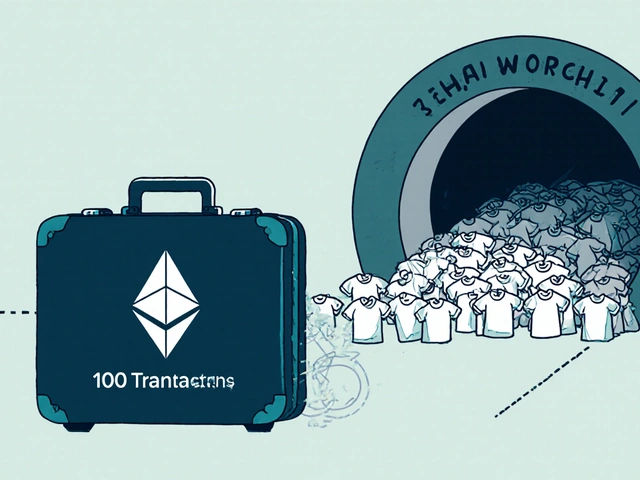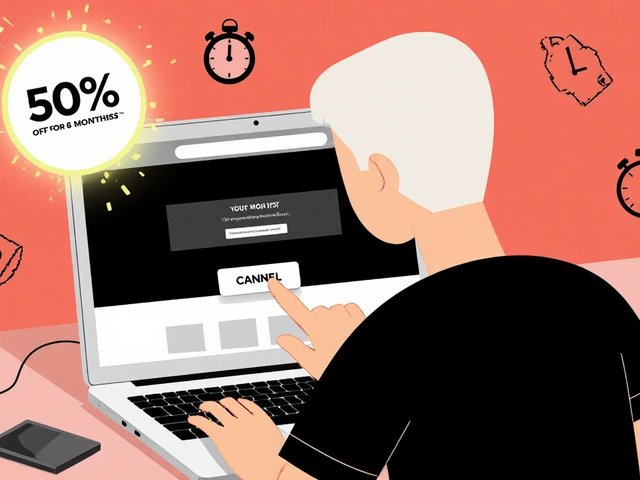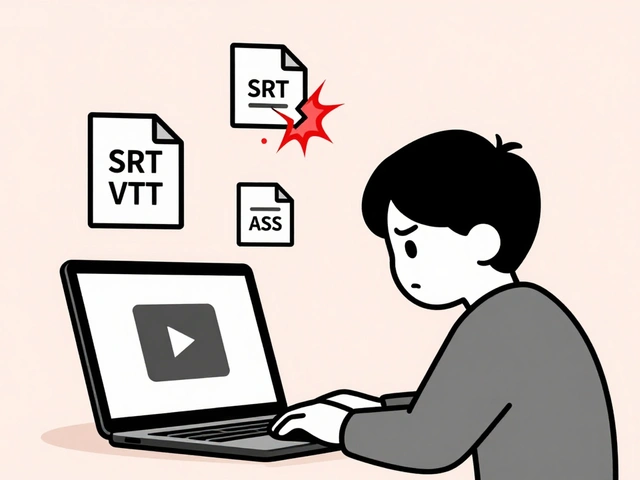5
What Is a Rollup Aggregator? Simple Explanation for Blockchain Users

When you hear about Ethereum being slow and expensive, it’s not because the network is broken. It’s because too many people are trying to use it at once. That’s where a rollup aggregator comes in - it’s one of the smartest fixes built for blockchain scalability. But what exactly does it do? And why should you care?
How Rollup Aggregators Solve Blockchain Bottlenecks
Ethereum can only process about 15 to 30 transactions per second. That’s fine for early adopters, but not for millions of users sending payments, trading NFTs, or using DeFi apps. Every transaction needs to be verified by every node on the network. That’s slow and costly.
A rollup aggregator takes hundreds or even thousands of transactions happening off-chain and bundles them into one single transaction. That one transaction gets posted to Ethereum’s main chain. Think of it like packing a suitcase: instead of sending 100 individual shirts to the laundry, you throw them all in one bag and send it once. The result? Lower fees, faster confirmations, and less congestion.
The Two Types of Rollups (And Why It Matters)
Not all rollups are the same. There are two main kinds: Optimistic Rollups and Zero-Knowledge Rollups (ZK-Rollups). Both use aggregators, but they work differently.
Optimistic Rollups assume transactions are valid by default. If someone spots fraud, they can challenge it within a 7-day window. That’s why withdrawals can take longer - you’re waiting for the challenge period to expire. It’s like trusting your neighbor to return your tools, but keeping the lockbox open in case they don’t.
ZK-Rollups use math proofs called zero-knowledge proofs to prove transactions are valid without revealing the data. No waiting. No challenges. Just instant confirmation. That’s why projects like zkSync and StarkNet prefer ZK-Rollups - speed and security come first.
Either way, the rollup aggregator is the engine that makes this possible. It collects, sorts, compresses, and packages transactions before sending them to Ethereum.
What Happens Inside a Rollup Aggregator
Here’s a step-by-step look at what goes on behind the scenes:
- Users send transactions to the rollup network (not Ethereum directly).
- The rollup aggregator collects these transactions over a short time window - often seconds or minutes.
- It verifies each transaction’s signature and checks balances to prevent double-spending.
- It compresses the data using clever encoding techniques, cutting the size by 90% or more.
- It generates a single proof (for ZK) or a fraud-proof (for Optimistic) that proves the batch is valid.
- The aggregator sends that proof as one transaction to Ethereum’s main chain.
- Ethereum verifies the proof and updates the state - all users’ balances are now correct on-chain.
The magic is in the compression. A single rollup batch might contain 2,000 token transfers. On Ethereum alone, that would cost over $10,000 in gas. Through a rollup aggregator, it costs under $50. That’s why DeFi platforms like Uniswap and Aave moved their operations to rollups.

Real-World Examples of Rollup Aggregators in Action
You’re probably already using a rollup aggregator without realizing it.
- Arbitrum uses an Optimistic Rollup aggregator. It handles over 1 million daily transactions - most of them from DeFi apps and gaming platforms.
- zkSync Era runs on a ZK-Rollup aggregator. It processes trades, NFT mints, and payments with near-instant finality and fees under $0.01.
- StarkNet uses a permissionless ZK-Rollup aggregator. Developers can deploy their own smart contracts on it, making it a full Layer 2 ecosystem.
- Polygon zkEVM combines Ethereum’s compatibility with ZK-Rollup efficiency. It lets developers move existing smart contracts over without rewriting code.
These aren’t theoretical. They’re live, handling billions in value every day. In 2025, over 70% of Ethereum-based DeFi volume happens on rollups - not the main chain.
Why Rollup Aggregators Are the Future of Ethereum
Ethereum’s goal has always been to be a global settlement layer - a secure, decentralized backbone. But it wasn’t built to handle everyday payments or microtransactions. That’s where rollups shine.
Rollup aggregators let Ethereum focus on what it does best: security and finality. Meanwhile, the heavy lifting - processing transactions - happens off-chain. This division of labor is why Ethereum can scale without sacrificing decentralization.
Other blockchains like Solana or Avalanche try to scale by making their main chains faster. But that often means centralizing control. Rollups keep Ethereum’s security intact while adding speed. That’s why developers call them the only truly decentralized scaling solution.

Who Benefits Most From Rollup Aggregators?
If you’re a regular user: you pay less. You wait less. Your transactions finish faster.
If you’re a developer: you can build apps that work smoothly without worrying about gas spikes. You don’t need to choose between speed and security.
If you’re a DeFi protocol: you can handle thousands of users at once. Your users won’t abandon your app because a swap costs $50 in fees.
Even NFT collectors benefit. Minting a collection of 10,000 NFTs used to cost over $200,000 on Ethereum. With a rollup aggregator, it’s under $5,000 - and that’s still cheaper than most traditional digital marketing campaigns.
What’s Next for Rollup Aggregators?
The next wave is cross-rollup communication. Right now, you can’t easily move assets from Arbitrum to zkSync without bridging through Ethereum. But new protocols like ERC-4337 and the upcoming Ethereum Account Abstraction upgrade will let rollups talk directly to each other.
Also, rollup aggregators are starting to support more complex operations - not just transfers, but full smart contract execution, privacy-preserving trades, and even decentralized identity verification.
By 2026, most Ethereum-based apps will run on rollups. The main chain will become a secure anchor. The rollup aggregator will be the engine driving daily use.
Final Thoughts: You Don’t Need to Understand the Tech - Just Use It
You don’t need to know how a rollup aggregator works to benefit from it. Just like you don’t need to understand how your phone’s processor works to send a text.
But knowing it exists helps you make smarter choices. When you use a wallet like MetaMask, check which network you’re on. If you’re on Ethereum mainnet and seeing high fees, switch to Arbitrum, zkSync, or Polygon zkEVM. You’ll save money and time - without losing security.
The future of blockchain isn’t faster main chains. It’s smarter scaling. And rollup aggregators are the quiet heroes making that possible.
Is a rollup aggregator the same as a blockchain?
No. A rollup aggregator is not a blockchain. It’s a system that runs on top of a blockchain - usually Ethereum. It collects many transactions, bundles them, and submits one proof to the main chain. The main chain still holds the security. The rollup just handles the volume.
Are rollup aggregators safe?
Yes, when built correctly. Optimistic Rollups rely on fraud proofs and a 7-day challenge window. ZK-Rollups use cryptographic proofs that are mathematically verifiable. Both are far safer than centralized sidechains. Ethereum’s security is still the final layer of protection.
Do I need to use a rollup aggregator?
You don’t have to, but if you’re doing anything on Ethereum beyond simple transfers, you should. Gas fees on the main chain are often $10-$50 per transaction. On a rollup, they’re usually under $0.50. The savings are huge.
Can I send ETH from Ethereum to a rollup?
Yes, using a bridge. Most wallets like MetaMask have built-in bridges to popular rollups like Arbitrum and zkSync. You send ETH from Ethereum to the bridge, it locks it up, and then issues equivalent tokens on the rollup. The process takes a few minutes and costs a small fee.
What’s the difference between a rollup and a sidechain?
Sidechains like Polygon PoS have their own security and consensus. If the sidechain gets hacked, your funds could be lost. Rollups inherit Ethereum’s security - all data and proofs are posted to Ethereum. That’s why rollups are considered more secure and are the preferred scaling solution today.









